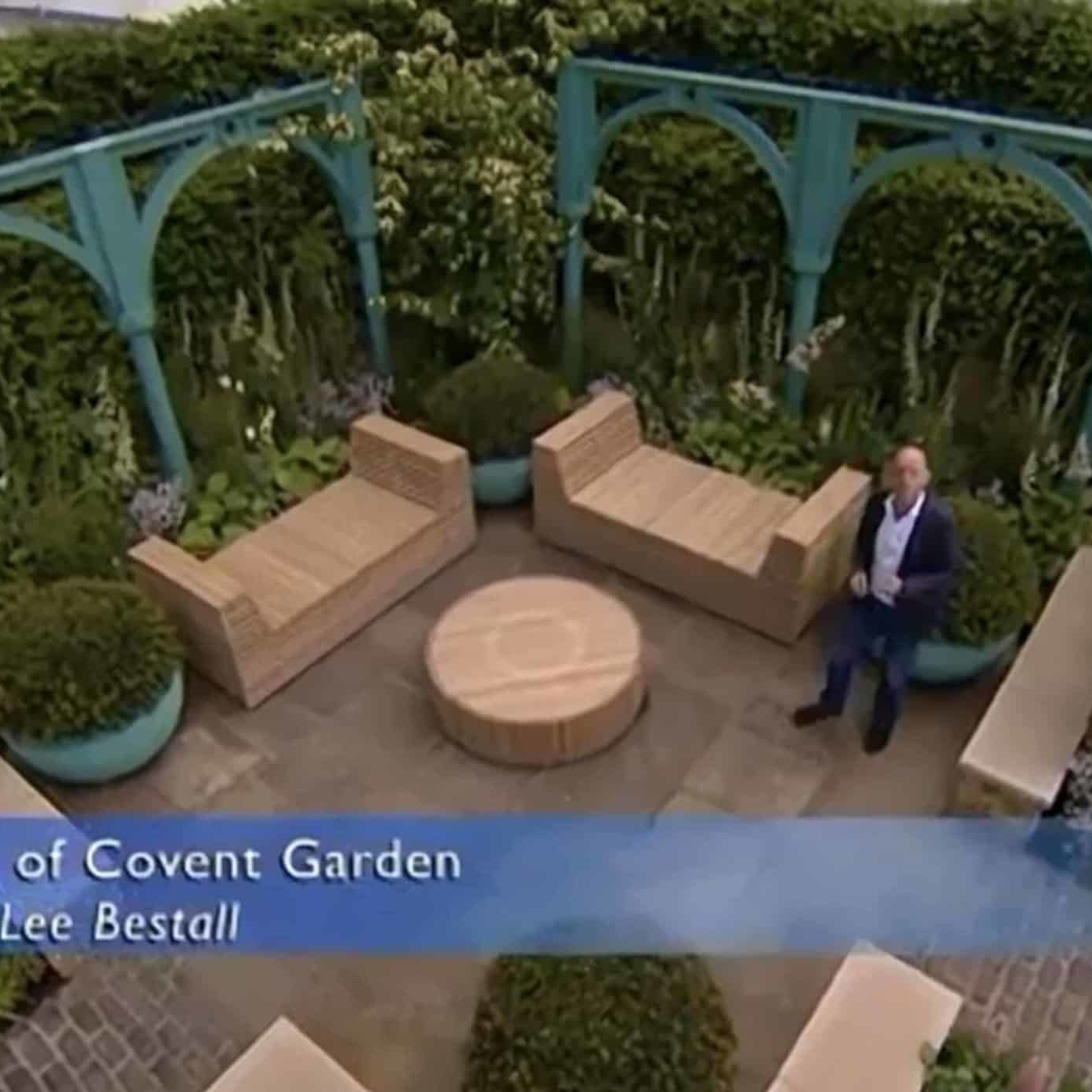Mistletoe
Mistletoe is a kind of parasitic plant known as ‘hemiparasitic’. What this means is that it is actually only partially parasitic in that although it roots directly into the water and nutrient supply of the host plant taking more than its share of nutrients away from the host, it is able to carry out photosynthesis in its own leaves .
Mistletoe hangs high in the branches of trees where it forms characteristic ball shaped structures that are seen more clearly in winter when the leaves of the deciduous host tree fall off and reveal the large clusters of evergreen mistletoe leaves. In the UK mistletoe spreads fairly slowly and it is unusual for it to do much long term damage to the host but it is possible for heavy infestations to kill the host plant.
Mistletoe seeds are spread by birds, principally the mistle thrush. The birds feed on the large white berries which contain a fairly large seed within a sticky fruit. The seed often gets stuck to the birds beak and it wipes the seed off by scraping its beak against the branch of a tree. If the seed manages to get caught in a crevice in the bark it can germinate there – its roots seeking the active water and nutrient conduct vessels of the tree that lie just below the bark. It is possible to sow mistletoe seeds by crushing the berries and wiping them onto branches of a tree. The most common host species for mistletoe include oaks, poplar, hawthorn and apple.
So, where does the tradition of kissing under the mistletoe come from? The true origins of this seasonal ritual are unclear, with mistletoe being mentioned in Norse legends and Druid mythology, this plant was said to have magical powers and medicinal properties. The western practice of kissing underneath it dates back to Victorian England when it was hung in the farmhouse kitchen and men were allowed to kiss any lady that stood underneath it – custom says that with each kiss a berry should be taken from the plant and once all of the berries were gone no more kissing was allowed!
Caroline Wright
Caroline brings decades of horticultural experience, both practical and theoretical. Having lectured at Brackenhurst Horticultural University for many years, Caroline has now relocated to France and is following her passion for growing plants and teaching. Caroline and her husband Paul run the plant nursery, propagating all of the plants themselves and lead a wide selection of fun and interactive horticultural and craft based courses.


